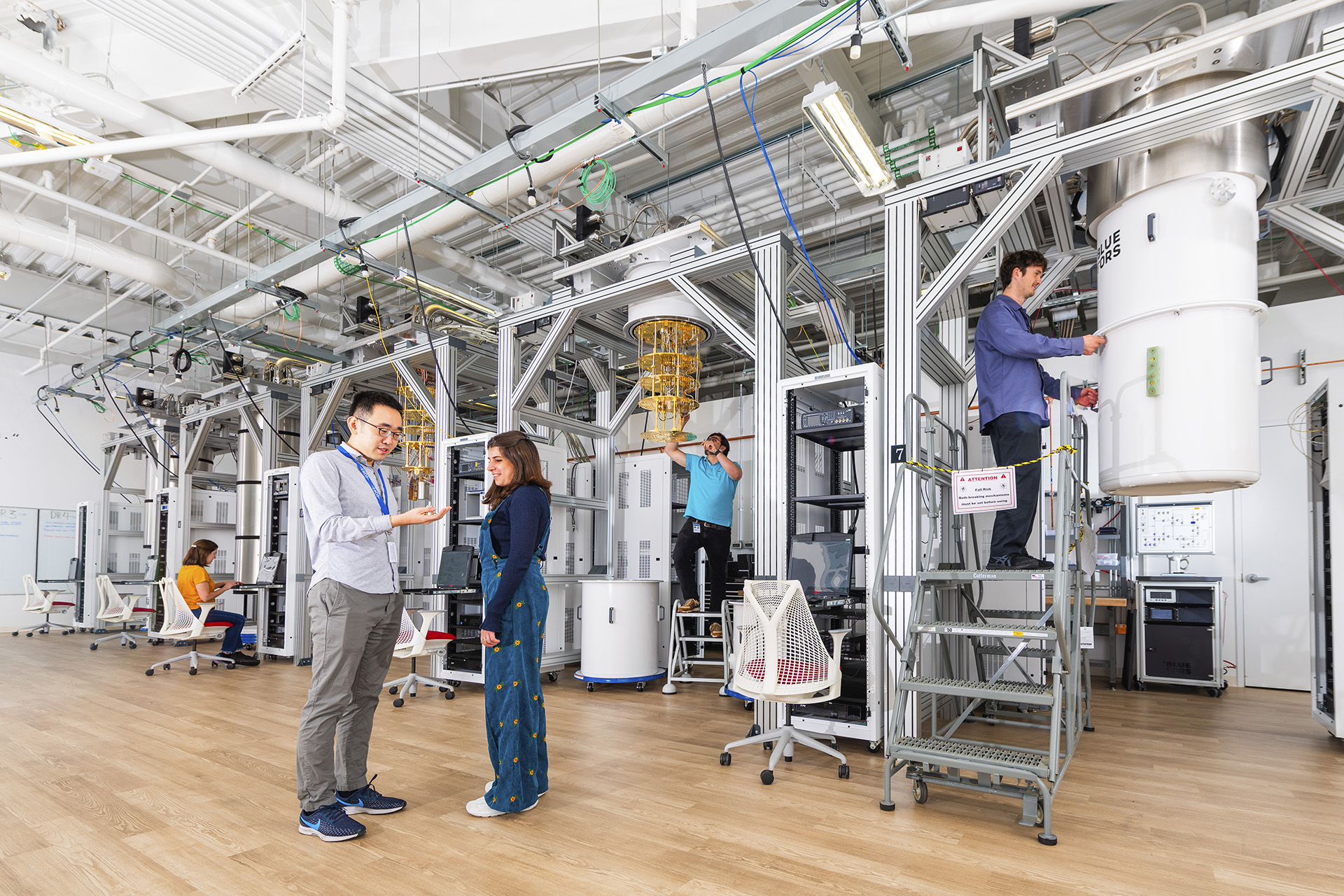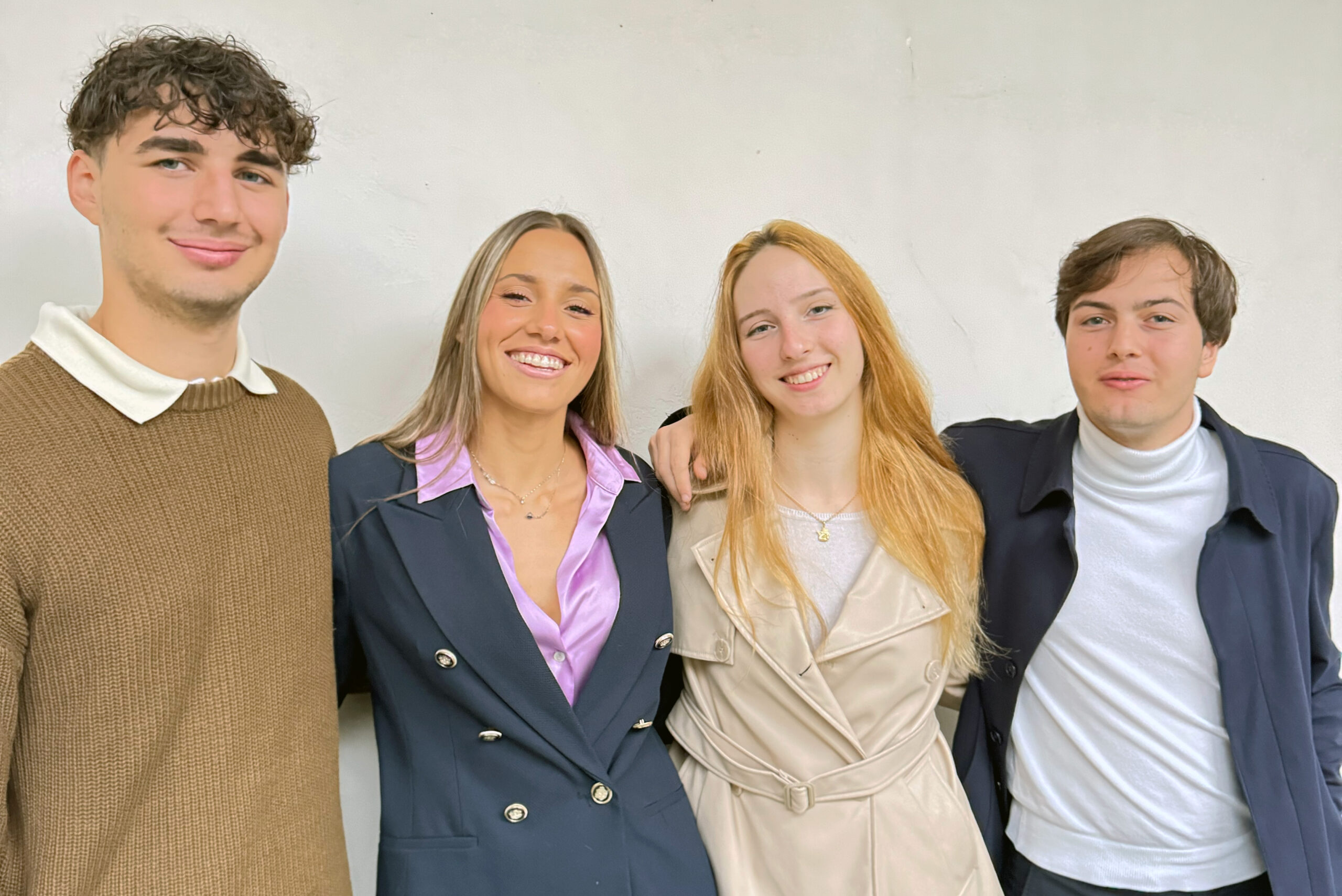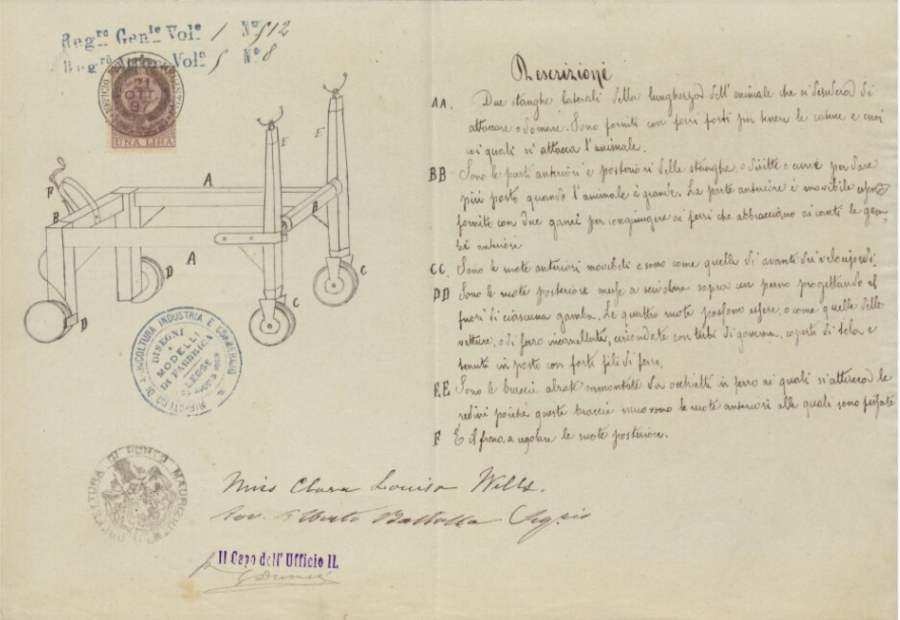We are surrounded by chemical substances that may pose risks to both human health and the environment, including those found in food, cosmetics, household products, pesticides, medicines, and even fabrics. The goal of SUSTECH – Accelerating SUStainable TECHnological Trajectories with Computational Chemistry and Machine Learning – is to understand how and why this happens and learn to prevent it. The project has just been awarded an ERC Synergy Grant 2025, one of the most prestigious and competitive European funding schemes, worth approximately EUR 10 million. The winners are Elisa Giuliani from the University of Pisa, Arianna Martinelli from the Scuola Superiore Sant’Anna in Pisa, Stefan Wagner from the University of Vienna, and Olexandr Isayev from Carnegie Mellon University in Pittsburgh.

The project aims to influence technological choices right from the research and development stage. Thanks to advanced techniques in computational chemistry and artificial intelligence, SUSTECH researchers will be able to retrospectively analyse — and even predict — the risk, toxicity, bioaccumulation, and environmental and health impacts of new molecules and materials before they become consumer products.
SUSTECH combines these analyses with patent studies to trace the history of inventions and their inventors, with the aim of understanding why certain technologies that are harmful to health and the environment have succeeded, while safer alternatives have not been developed. The result will be an open knowledge base and a set of predictive tools to help shape public policies and industrial strategies towards a “toxic-free” future.
In practical terms, the project will create a significant global database that will link information from patents with predictive models of environmental and health risk for the first time. Using computational chemistry methods based on quantum mechanics, the team will then develop simulations to calculate the hazard level of each new molecule and identify the economic, scientific, and regulatory factors that encourage or hinder the development of more sustainable technologies. All the results will be integrated into an open-access digital platform, designed to provide practical tools for scientists, institutions, companies and policymakers who design, assess or regulate innovation.
The creators of SUSTECH are: Elisa Giuliani, Professor of Management and Vice-Rector for Sustainability at the University of Pisa, and one of Europe’s leading experts in innovation and sustainability studies; Arianna Martinelli, economist at the Scuola Superiore Sant’Anna, specialising in patent analysis, innovation trajectories and technological change; Stefan Wagner, Professor at the University of Vienna and a leading authority on the economics of patents and technological progress in the chemical-pharmaceutical sector; and Olexandr Isayev, Professor of Chemistry at Carnegie Mellon University, expert in computational chemistry and few-shot models for predicting molecular toxicity and other socio-environmental impacts.

SUSTECH builds on a research line established over five years ago, combining computational chemistry and the analysis of innovation trajectories through patents. This collaboration strengthens the ties between the University of Pisa and the Scuola Superiore Sant’Anna, combining expertise developed over time by Elisa Giuliani, Arianna Martinelli, Gianluca Biggi and other researchers from both institutions.
ERC Synergy Grants are a funding scheme of the European Research Council (ERC) aimed at outstanding research groups composed of two to four Principal Investigators, who present highly innovative and ambitious scientific projects. The aim is to advance frontier knowledge through close and synergistic collaboration among scientists with complementary skills who can tackle complex challenges that none of them could solve individually.



